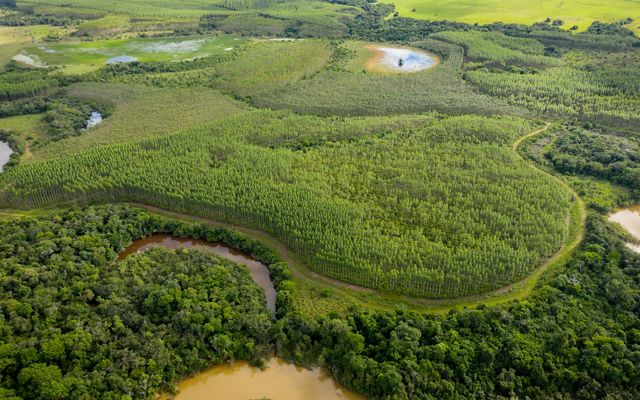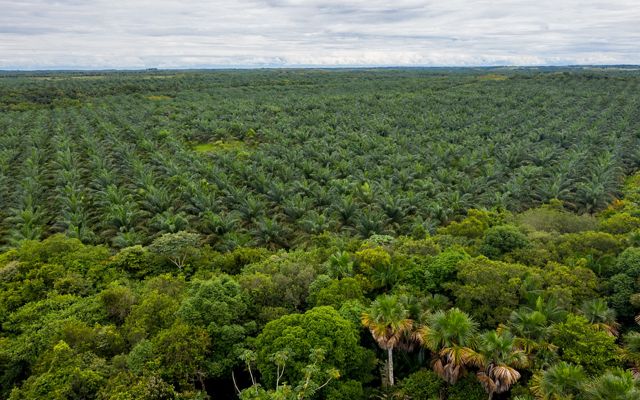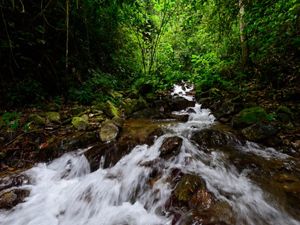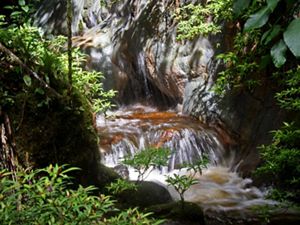
Hope for Nature in Colombia
How Manacacías National Natural Park, a biodiversity corridor essential to life, was born.
By María Camila Peña, Communications Specialist TNC Colombia
Vast grasslands, lush wetlands and meandering rivers form Colombia’s Orinoquía, the second largest tropical savanna in Latin America and one of the most biodiverse—yet least protected—places on Earth.
Amid mounting threats from agricultural conversion and climate change, 68,000 hectares of this iconic landscape will now be protected as the Manacacías National Natural Park which connects the Orinoquía with the Amazon. The protected area includes six unique ecosystems that were not previously represented in the National Protected Area System and are home to unparalleled biodiversity, including a quarter of all the bird species known to live in Colombia.
In the distance, a curtain of black smoke disrupts the horizon of open savanna. The fires are far away from Manacacías National Natural Park, but the clear air and open landscape make the smoke feel near. On the grazing lands surrounding the newly protected park, livestock farmers are burning their pastureland, as they do periodically, to encourage regrowth.
The smoky skies remind Gustavo Guarín of his childhood, a time when war ravaged this mountain range. Bordering the municipalities of Puerto López to the north, Puerto Lleras to the east, and Mapiripán to the south, the Manacacías Range was once an enclave of the largest cocaine laboratories in the country where various illegal armed groups operated. Their activities left hundreds of victims in their wake, along with a massacre still alive in the memory of Colombians today.
Now an experienced cowboy who today works as guide at the new Manacacías National Natural Park, Gustavo was born on, and shaped by, these lands. He remembers walking among the hillocks, refreshing himself in the crystal-clear waters of lagoons surrounded by moriche palms, and fishing in the waters of the Manacacías River.
Gustavo knows how to move his feet to scare away the anacondas and caiman alligators in the swamps. He knows how to look carefully toward the horizon to spot the deer, chestnut-colored horses, tapirs, armadillos, jaguars, and the small monkeys jumping between the trees. He knows how to identify his favorite birds by their song. And he knows to keep an eye to the hills at sunset to catch a glimpse of the giant anteater, wagging its tail to the rhythm of the rolling savannas.
Sign up for Nature News
Sign up to Receive Updates about TNC's Conservation Work around the World
“My relationship with the Range began when I was 12 years old. Right here, there was a ranch called La Gloria that belonged to my uncle. I love this land, I love it, and I take care of it,” said Gustavo, his eyes filling with tears.
Like many people from the plains, he is full of pride when talking about his land and its customs, like cowboy and joropo songs, which are intimately connected to this landscape and have been declared Humanity’s Intangible Cultural Heritage by UNESCO.
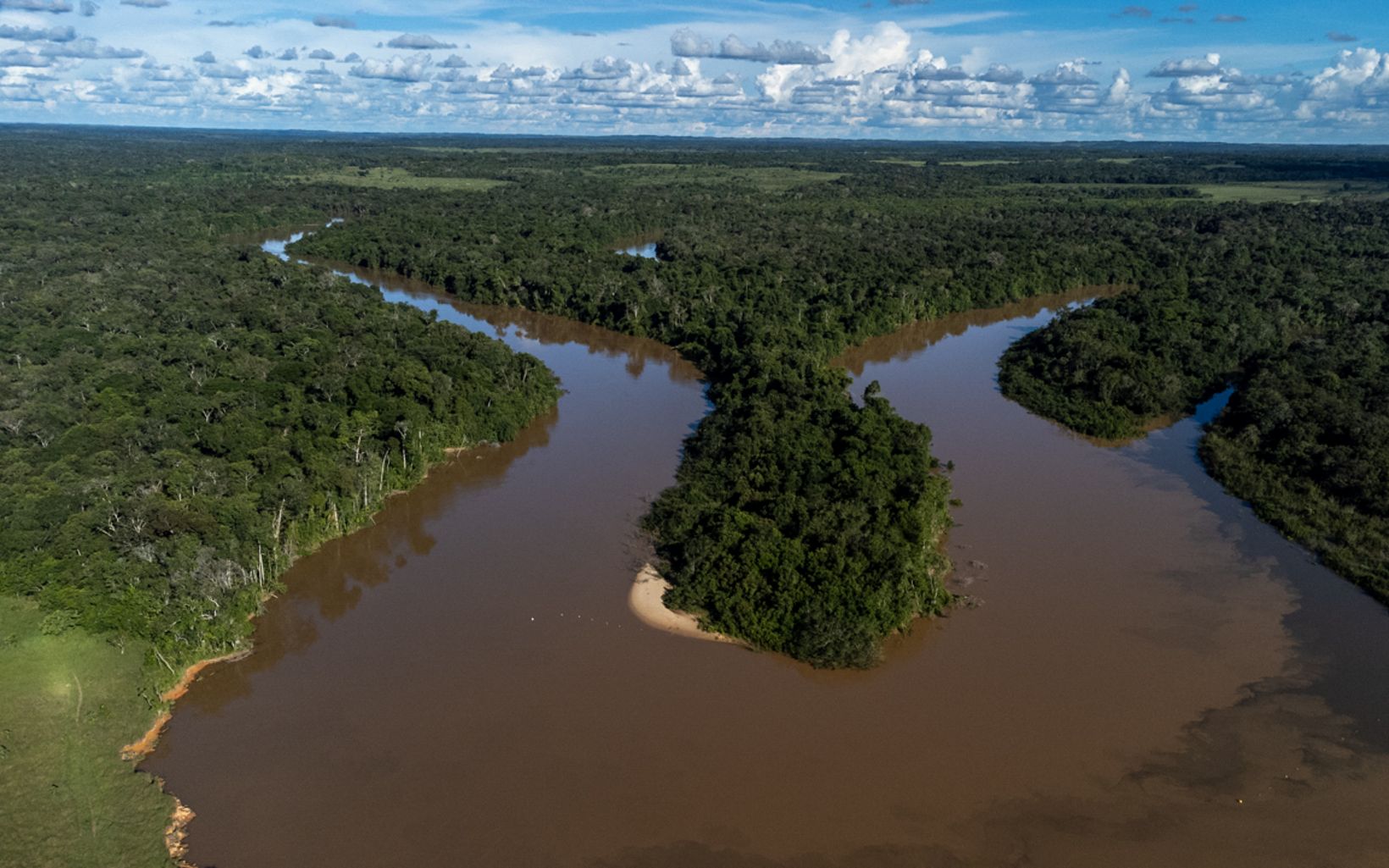

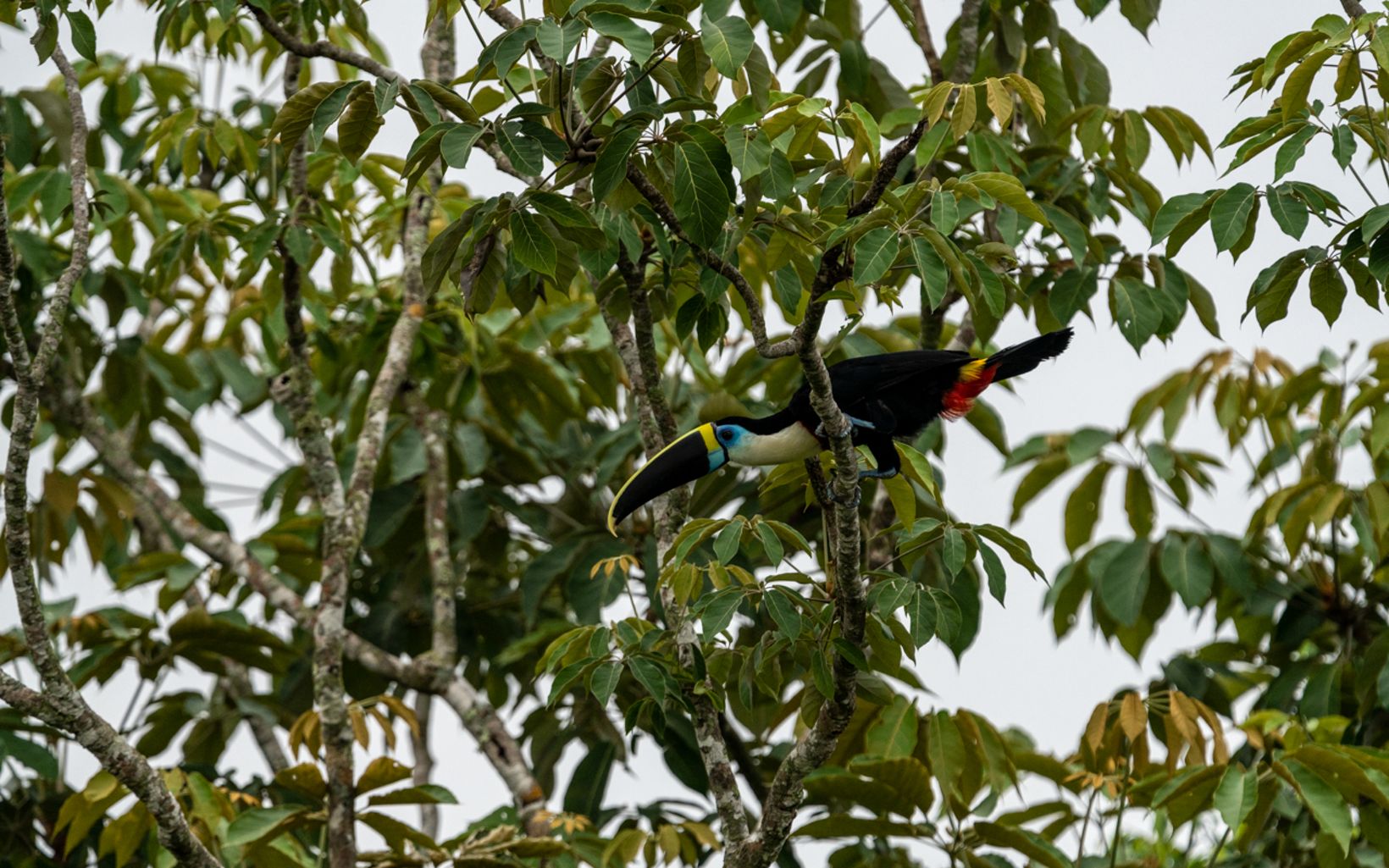

Biodiversity is in decline like never before, especially in Colombia
Life on this savanna thrives because of biodiversity—the variety of life on Earth that connects and sustains us all. Despite its importance—for food, air, climate, economies, even civilization itself—biodiversity is disappearing faster than at any time in human history. We have seen a 69% average decline in wildlife populations worldwide in the past 50 years and as many as 1 million known plant and animal species could disappear by 2050.
By degrading habitat and fueling climate change, humanity is making it hard for many diverse species to survive. And Colombia is no exception. Although it’s one of the most biodiverse countries in the world (home to an estimated 10% of the planet’s biodiversity), Colombia is also Latin America’s largest palm oil producer.
Farming palm oil—as well as livestock, another common practice in the area—threatens to fragment the country’s conservation areas, crowd out endangered native species and contaminate water sources with pesticide runoff. And now, the Columbian government is planning to expand its farming footprint, starting with the savannas of the Orinoquía.
Around the park, additional threats to biodiversity include logging, fishing, hunting, unregulated tourism, settlement developments and illegal occupation of private land.
Uncontrolled burning—especially for clearing out grazing lands—is another major threat, and as climate change heats up and dries out these savannas, unchecked fires are spreading like, well, wildfire.
At the same time, TNC’s hydrological models project a decrease in water availability by as much as 40% in the dry season over the next 20 years, due to climate change and soil conversion—perpetuating a vicious cycle.
Piecing together a park
The Nature Conservancy (TNC) supported the creation of Manacacías National Natural Park with philanthropic fundraising, including from the Wyss Foundation and Art into Acres through Re:wild. The Colombian government is using this funding to acquire 37 family properties that today make up the National Natural Park.
The success of the park’s declaration is largely due to the social agreement put forward by the National Natural Parks (PNN) and local property owners.
“This is a unique park created by the people. Our vision is for the community to continue being involved in conserving these savannas, and that they offer tourist services and share their knowledge and culture with visitors,” said William Zorro, the current director of the Manacacías National Nature Park.
Quote: Dagoberto Rey Mora
We are delighted to know that these natural savannas will continue to be preserved for future generations just like we knew them, thanks to our parents. The park’s establishment makes us feel that our family’s legacy will remain over time, which is a gift for everybody.

Quote: Humberto Castro

The Manacacías Range is like something from another world, with its gentle undulating savannas, the natural water wells, a peaceful place. One spends time enjoying the landscape and watching the deer, chestnut horses, and capybaras go by.
Quote: Jaime Rey Mora
What gives me the most hope in this process is that we are giving the world a new lung.

Quote: Darío Rey Rey

We never touched the greater Manacacías area, our livestock farming was based on preserving nature, and that is why our properties are a national park today.

But the story doesn’t end here, says Claudia Vásquez, TNC’s Colombia director. The park's creation is one part of our goal of conserving 200,000 hectares of the Manacacías Range.
“To avoid having the park become a conservation island [within the Orinoquía], we have been working with landowners in its buffer area to incorporate sustainable livestock farming, production practices, and conservation strategies,” Claudia said.

People come from around the planet to experience the natural wonders of this corner of the Orinoquía. And though our guide Gustavo Guarín has traded horseback riding through the plains for leading guided tours in his 4x4 truck, he continues to sing cowboy llanero songs a capella and speak aloud to the animals, plants, and bushes that now have a new future.
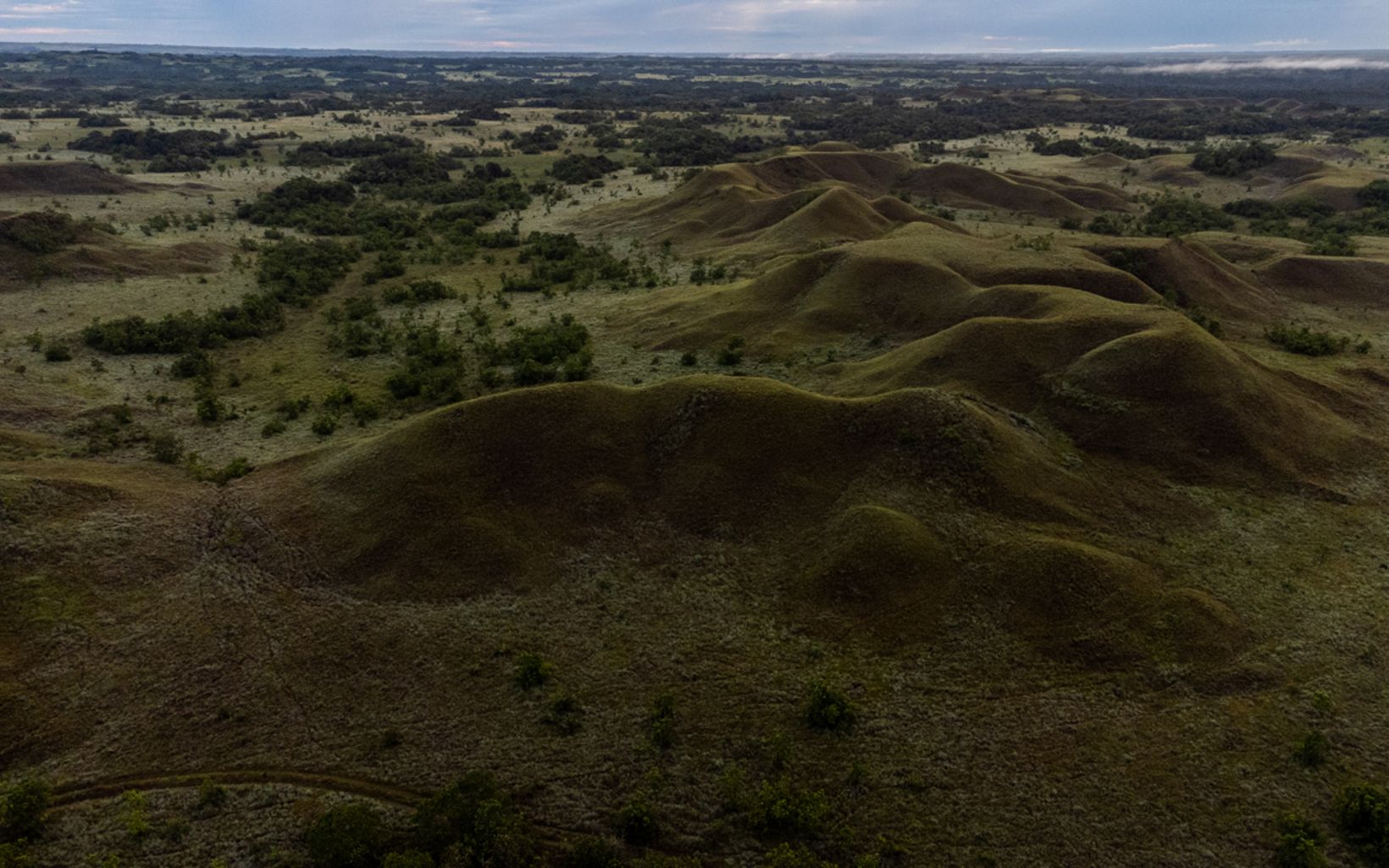
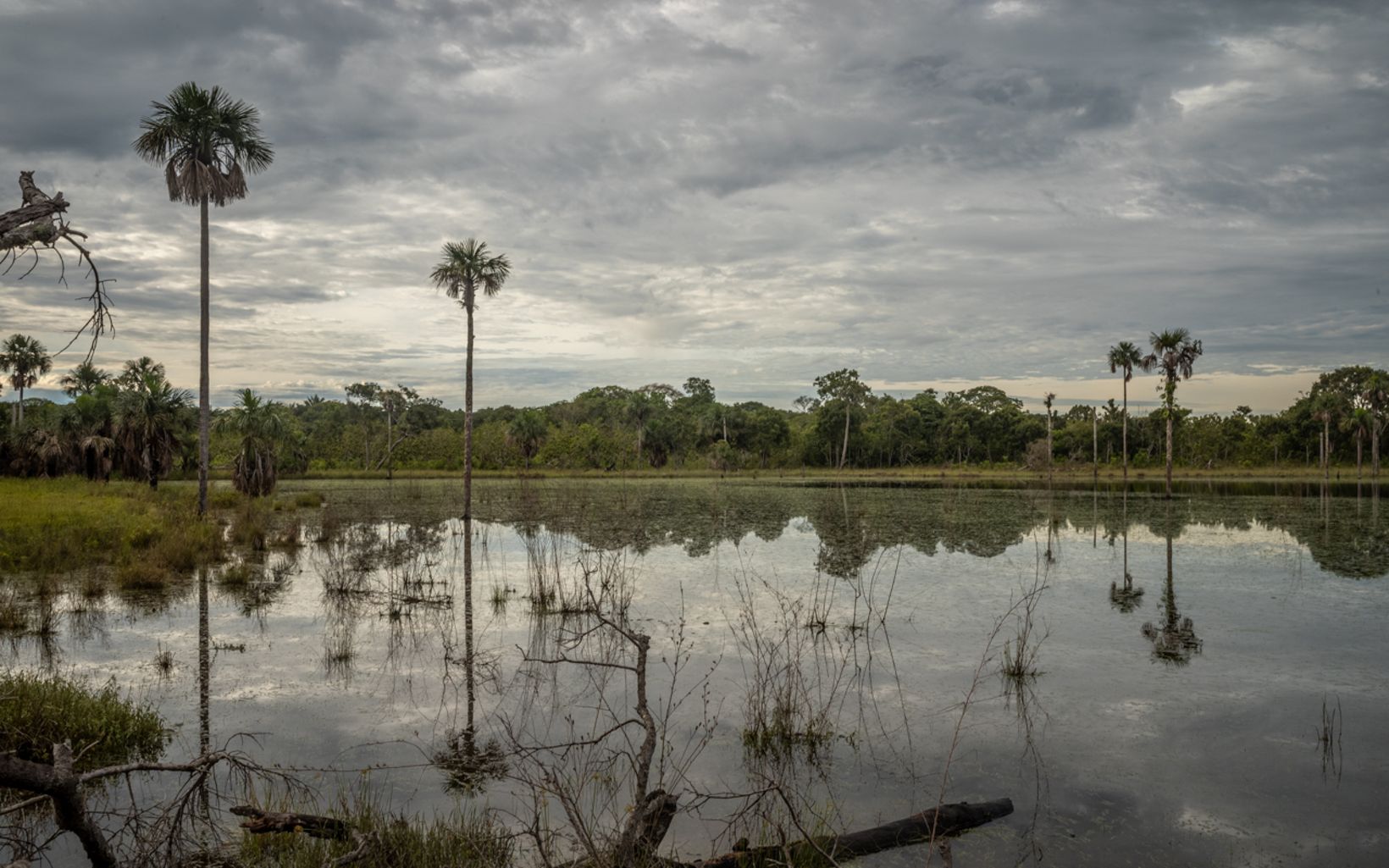

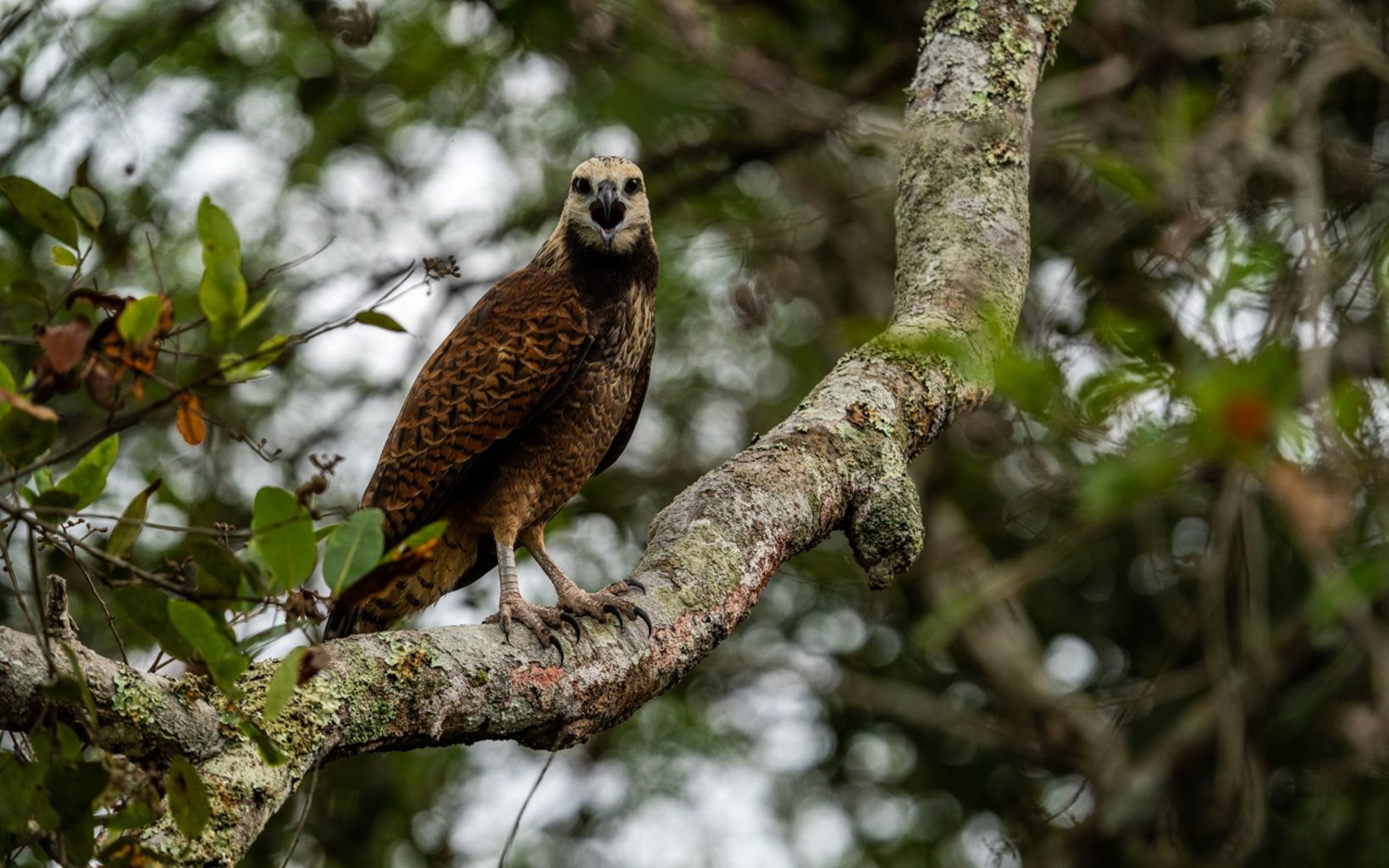
Other organizations that have supported this effort include the Alexander von Humboldt Biological Resources Research Institute; the Natural Science Institute of the National University of Colombia; WCS Colombia; the World Wildlife Fund; the Corporation for the Sustainable Development of the La Macarena Special Management Area (Cormacarena); and the Alliance for the Conservation of Biodiversity, Territory, and Culture.
*TNC would like to dedicate this story to the memory of Edimer Hernández, an employee of National Natural Parks who worked with us and the communities to make the conservation of these savannas a reality.


